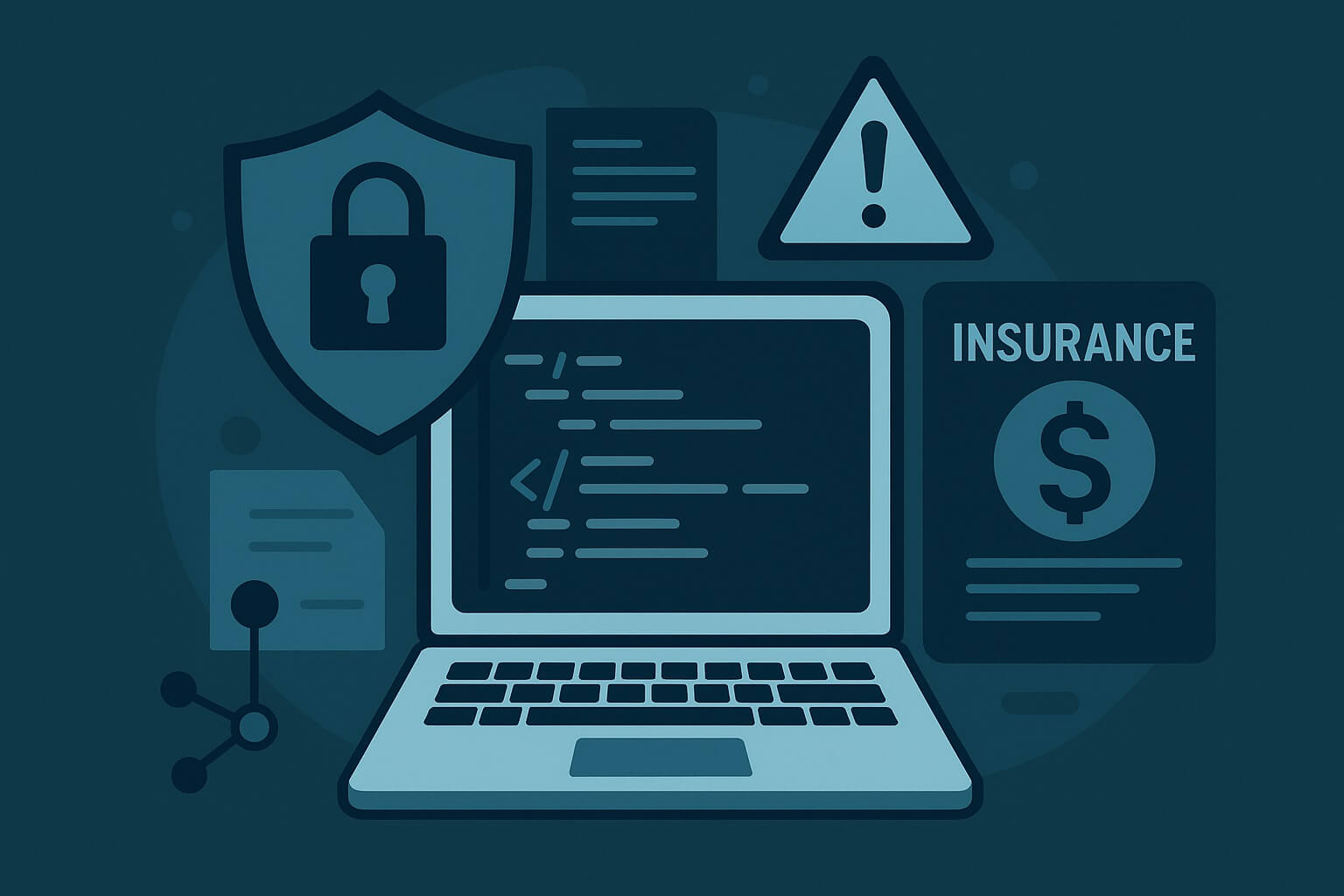Despite being a legacy technology, Coldfusion continues to power a surprising number of enterprise applications worldwide. Its simplicity, speed, and deep integration with older systems have helped it remain relevant in government portals, financial systems, and internal enterprise tools. But with age comes risk—especially in cybersecurity.
So what happens when your Coldfusion codebase gets hacked? More importantly, how can cyber insurance and complementary tools protect your business before, during, and after such an event?
The Real-World Risk of Legacy Code
Coldfusion applications often run on outdated servers with limited patching routines, weak authentication schemes, and insufficient monitoring. Hackers specifically target these environments for their predictability and the sensitive data they often hold. A successful exploit—whether via SQL injection, directory traversal, or an outdated library—can lead to compromised customer data, defacement, ransomware installation, or worse.
If your Coldfusion app is part of your business infrastructure, the damage could ripple far beyond IT. Legal exposure, regulatory fines, downtime, and reputational harm are all very real consequences.
Where Cyber Insurance Fits In
This is where cyber insurance enters the picture—not as a magic fix, but as a strategic layer of risk transfer. In the event of a breach, a comprehensive cyber insurance policy can cover:
- Incident response and forensic investigation
- Legal and regulatory costs
- Notification and credit monitoring for affected users
- Business interruption and lost revenue
- Ransom payments (if applicable and legal)
But it’s important to understand that coverage often depends on your security posture before the incident. If you’re running unpatched Coldfusion servers or lack basic monitoring, your claim may be partially or fully denied.
Eye World: A Modern Partner for Legacy Security
To avoid such pitfalls, organizations are increasingly turning to platforms like Eye World—a Swedish cybersecurity company offering modular protection services tailored to the modern threat landscape.
For businesses still operating Coldfusion-based systems, Eye World’s offerings can make a tangible difference. Their Dark Web Monitoring helps detect leaked credentials or source code before criminals act on them. Cyber Insights give IT teams data-driven visibility into systemic risks, while Cyber Learning tools can train internal developers on secure coding—even for older stacks.
Perhaps most importantly in the context of insurance, Eye World helps partners and clients meet key coverage requirements, by proactively documenting their security posture and mitigating risk.
Final Thoughts
Coldfusion isn’t inherently insecure, but without modernization, it’s vulnerable. Adding cyber insurance to your tech strategy is a smart move—but it’s only effective when paired with solid, proactive protection.
By combining legacy awareness with modern tools from providers like Eye World, organizations can secure their Coldfusion systems, satisfy insurers, and minimize the fallout if something goes wrong.

